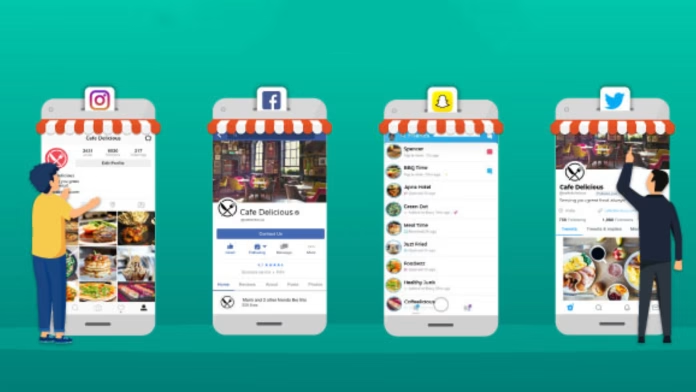In today’s digital age, social media has become an essential tool for businesses to connect with their audience and promote their brand. The food industry is no exception, as restaurants, cafes, and other food businesses have turned to social media to reach a wider audience and showcase their products. However, with so many social media platforms available, it can be challenging to determine which one is right for your food business.
Social media has become an essential tool for businesses to reach their target audience and promote their products or services. In the food industry, social media can be especially effective in showcasing menu items, promoting new dishes, and engaging with customers. It allows businesses to share their brand story, connect with their audience on a personal level, and ultimately drive sales.
Understanding their social media preferences refers to identifying the social media platforms that your target audience uses the most. This is an important step because it helps you focus your social media efforts on the channels where your target customers are most active, which can lead to higher engagement and ultimately more conversions.
It’s also important to note that different social media platforms appeal to different demographics, so understanding your target audience’s age, gender, interests, and geographic location can help you determine the best platforms to use for your food business.
When choosing a platform, it’s important to consider how each platform aligns with your content goals. For example, if you want to showcase high-quality images of your food and restaurant, Instagram would be a good choice. If you want to provide helpful cooking tips and recipes, Facebook and Pinterest would be suitable options. If you want to engage with customers in real-time and provide updates on your restaurant, Twitter would be a good choice.
Altogether, it is a difficult and confusing decision that will always make you feel the Fear of Missing Out. Hence, we will discuss seven essential elements to consider when choosing the right social media platform for your food business.
1. Define Your Target Audience
The first step in choosing the right social media platform is to define your target audience. Who are you trying to reach? What age group do they fall into? What are their interests and hobbies? By understanding your target audience, you can determine which social media platforms they are most likely to use and tailor your content to their preferences.
2. Identify Your Goals
Before choosing a social media platform, you should identify your goals. Are you looking to increase brand awareness? Do you want to drive traffic to your website or physical location? Are you interested in generating leads and sales? Once you have identified your goals, you can choose a social media platform that aligns with your objectives.
3. Consider Platform Demographics
Different social media platforms have different demographics. For example, Facebook has a broad user base that includes all age groups, while Instagram is popular among younger generations. LinkedIn is ideal for B2B businesses, while TikTok is popular among Gen Z. By understanding the demographics of each platform, you can choose the ones that are most relevant to your target audience.
4. Evaluate Content Types
Social media platforms vary in the type of content they support. Instagram, for example, is a visual platform that supports photos and videos, while Twitter is text-based and limits the length of posts. Pinterest is ideal for businesses with visually appealing products, while LinkedIn is better suited for professional content. By evaluating the types of content supported by each platform, you can choose the ones that are most suitable for your food business.
5. Analyze Your Competitors
It’s always a good idea to analyze your competitors’ social media presence. Which platforms are they using? What type of content are they posting? How often are they posting? By analyzing your competitors, you can gain valuable insights into which platforms and content types are most effective in your industry.
6. Determine Your Budget
Social media platforms offer various advertising options, including paid ads, sponsored content, and influencer marketing. Before choosing a platform, you should determine your budget for social media marketing and evaluate the cost-effectiveness of each platform’s advertising options.
7. Monitor and Measure Results
Once you have chosen a social media platform, it’s essential to monitor and measure your results. Use analytics tools to track engagement, reach, and conversion rates. By analyzing your results, you can optimize your social media strategy and ensure that you are reaching your target audience effectively.
Selecting the right social media platform is crucial for the success of any food business. By understanding your audience, and the features of different platforms, and aligning them with your content goals, you can effectively reach and engage with your target customers. You can ensure that your social media strategy is effective and tailored to your business’s needs.





